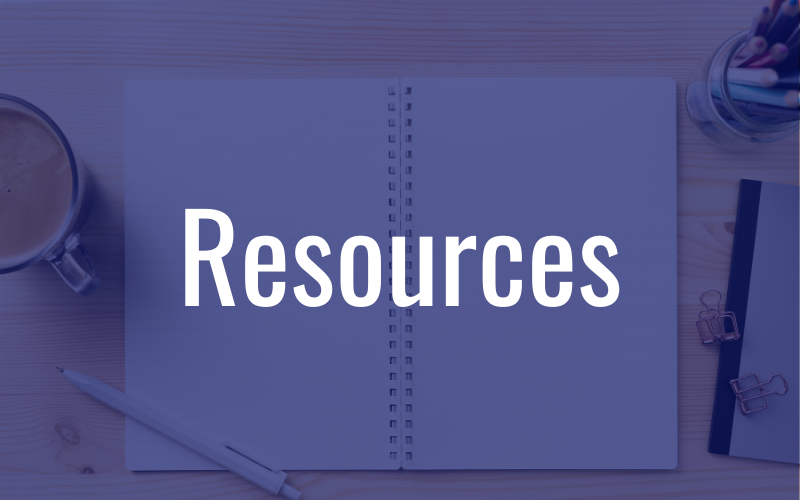Email is a constant struggle for me. Not matter how hard I try to keep up with my inbox it’s constantly over flowing. Not long ago I saw this infographic over at Lifehacker. It hit a little too close to home.
(Original Post: When You’re Constantly Checking Your Email, You’re Putting Your Needs Behind Everyone Else’s.)
In a light hearted way it’s reminding us that the people in our lives are so much more important than our email, although in this age of smartphones where our email is always waiting for us in our pockets, it’s not always as easy as it should be to stay away from it. I often find myself checking my email on my phone without even realizing I’m doing it.
So how do you take control of the email beast? Here are some tips I saw over on the Harvard Business Review Blog. It outlines a 30 minute process for tackling that inbox. It recommends planning the 30 minute block once in the morning, midday and afternoon. This way you are controlling your email time and you aren’t constantly being interrupted.
Here are the steps outlined in the post:
1. Send: I start my timer and begin by writing emails I had planned to send. This often includes follow-ups to meetings, thank-you notes, questions, and scheduling and other requests. I do this first so that if someone gets back to me immediately I have time to respond while I’m still in my 30-minute email period.
2. Delete: Next, I quickly glance through the “subject” and “from” lines on the emails in my inbox and immediately delete the ones I know I don’t want to waste time reading, including marketing emails and impersonal blasts I haven’t requested. This step just takes a few seconds but drastically reduces my email bulk.
3. Respond: I do my best to answer every single email that comes directly to me, even if it means just writing “Thank you.” Since picking through emails to choose which to answer first wastes time, I start with the most recent and work my way down. At this point I don’t click on any links in emails and I don’t read lengthy articles; I save that for step 5 below.
4. File: Once I open an email, I don’t leave it in my inbox. I found that when I did leave emails in my inbox, I’d re-read them repeatedly each time I opened my email, and each time I’d waste more time trying to decide how to handle it. So I either delete it or move it to another folder I’ve set up — waiting, read, someday, travel, client-specific. Every time I go through my email, my goal is to empty my inbox.
5. Read and follow up: In whatever time I have left before my timer goes off, I go through my non-inbox folders, reading through newsletters, clicking on links, and following up on emails in my “waiting” file.
End: When my countdown timer sounds, I close out my email program. Once I’m done, I don’t return to my email — on any device — until my next scheduled session.
It also gives some great other reminders about email:
As I go through this process, I try not to use email to give someone negative feedback, and I rarely respond to negative feedback over email. Email is a great tool for transactional conversations (Where should we have lunch?), sharing information (Here’s that file, there’s someone I want you to meet), or showing appreciation (You spoke powerfully in that meeting, I’m touched by your support — thank you). For anything else, you’re better off calling or talking to someone face to face. I also do my best never to go back and forth with someone on email about something more than two or three times. If it’s gone that far, it’s usually a better idea to pick up the phone.
Also don’t forget these tools in your toolbox to help get through your email:
Signatures: Most email programs have the capability to create multiple signatures that you can choose to appear at the bottom of an email. I have customized several signatures that I use as responses to common emails I receive. For example, I have a pre-written reply to people who ask about joining my company, want me to review their book, express appreciation for something I’ve written, etc. I often customize those emails based on the sender, but the bulk of my response is already written.
Rules: Most email programs also have rules in which you can automatically send emails that fit certain criteria directly to other folders. For example, when I send out my weekly email linking people to a new article I’ve written, I receive several “out of office” replies. I set up a rule that sends any email with “out of office” in the subject line directly to trash. That way I don’t have to spend any time processing it.
Click here to read the entire post to learn more about email efficiency.
What tools do you use to battle email?










This is great 🙂 Oh email…..it really is easy to get sucked in and NOT be able to find a way out…
Hi! I know this is kinda off topic but I’d figured I’d ask. Would you be interested in exchanging links or maybe guest writing a blog article or vice-versa? My site covers a lot of the same topics as yours and I believe we could greatly benefit from each other. If you might be interested feel free to send me an e-mail. I look forward to hearing from you! Fantastic blog by the way!